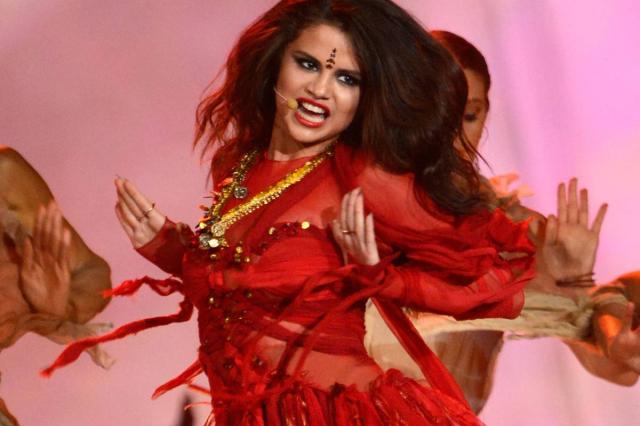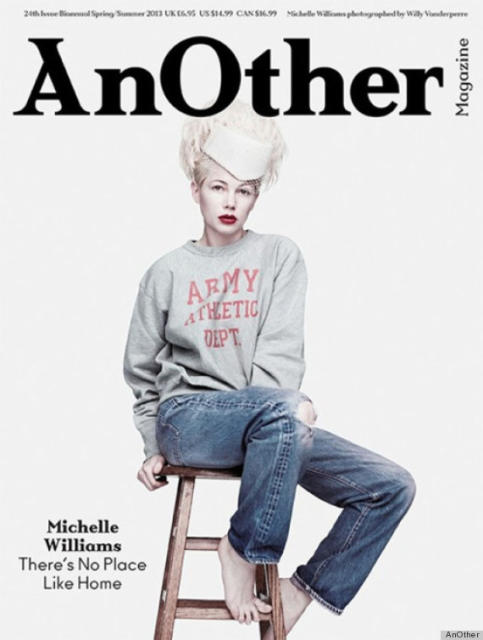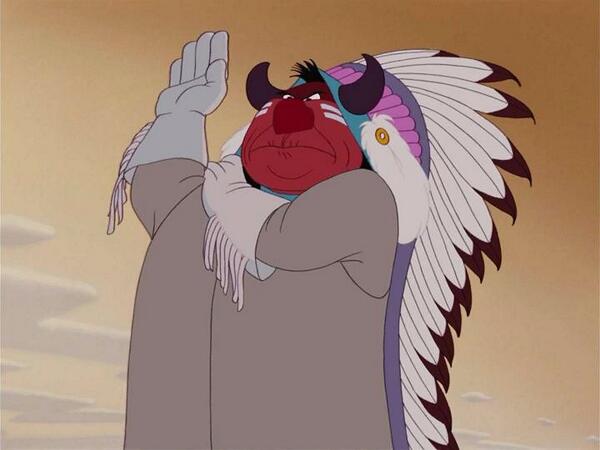Study Task 2 - Parody and pastiche/ Culture Appropriaition
Culture Appropriation
This is used when thinking about fashion. Western society use symbols, cultures,religions, japanese culture. Cultural exchange adoption of 'Cultural' elements in a coloniall manner of one culture by members of another culture.
What is cultural Appropreation? Black, Native, Americans and Asian Americans are Frequent targets.
Open and unapolagetic celebirty cultural Appropriation
Selena Gomez Refuses to Research the Backstory of the Bindi
When pop singer, Selena Gomez decided her newest boring pop song, “Come and Get It” had an 'Hindu tribal feel'
she thought the best way to celebrate that assertion would be to debut
the song with some half-assed Bollywood-style choreography and
unceremoniously donning a bindi (a traditional Hindu adornment
representing the sixth chakra) on her forehead at the MTV Music Awards.
In a pissed of statement released by Rajan Zed, President of the Universal Society of Hinduism:
“The bindi on the forehead is an ancient tradition in
Hinduism and has religious significance…[it] was not meant to be thrown
around loosely for seductive effects as a fashion accessory aiming
at mercantile greed.”
Regardless of the backlash of more informed people, Selena not only
continued to wear a bindi at several other events, she also made some
really stupid statements in her defense of doing so, such as this great excuse
she said aloud to US Weekly, “My hairstylist and my makeup artist
are actually really big into the whole culture they’ve been around,
they’ve traveled, they’ve gotten me into various books.”
While I’m sure the fact you did the world’s laziest research is
really appreciated by the Hindu community, ultimately, you’re not going
to teach Hindus about the history and appropriate use of their own
cultural and spiritual creation. Also, the fact that other, whiter
artists with a richer history of cultural appropriation have done the
same thing (i.e. Madonna, Gwen Stefani) is less of an excuse and should
be more of a lesson. When you decide to appropriate a symbol of a
culture you’re not a part of because of a pop song that you’ve described
as “Hindu,” “tribal” AND “Middle Eastern,” you don’t know what
you’re talking about. Stop defending your dumbass mistakes, learn your
lesson gracefully, and take off the fucking bindhi. You’re
embarrassing yourself.
Michelle Williams Dons Redface For Fashion
In March of 2013, actress Michelle Williams was featured in a photo spread with British fashion magazine, another to promote her then opening film, Oz the Great and Powerful.
The photos were described by the magazine as Michelle “transforms into
eight imaginary characters.” I may not know anything about fashion or
fashion shoots or what the hell magazine this is, but all the photos
seem par for the course of this stuff. The ‘characters’ consist of
mostly rich looking white ladies, along with one picture of a dressed
down Williams in overalls and little makeup, aka a poor looking white
lady. Then you come across this picture:

It doesn’t take a fashion designer or textile major to recognize this
is straight up redface. What makes this style choice even more
disturbing, other than the fact that several editors, photographers,
stylists, and the actress herself signed off on it, is the theme of the
shoot is “imaginary characters.” Sure, the editor/photographer most
likely meant ‘imaginary’ in the way that Michelle Williams is not really
the owner of that satin Armani jacket and she wouldn’t really wear a
brown wig with some Dior tulle, I guess, but what can’t be separated
from this image is the juxtaposition of a white American woman, dressed
as an ‘imaginary’ Native ‘character’ just for fun, and the oppressive
history of Native people being portrayed as mythical and historically
extinct figures in America. As ‘ethereal’ and ‘imaginary’ as you
want this image to be, accessories and soft lighting cannot erase the
bloody history of colonization and the continuing misrepresentation, or
complete lack thereof, of Indigenous people in mainstream media. Turns
out like blackface, redface is NEVER OKAY…unless the theme of your photo
shoot is ‘Gross-ass Acts of Celebrity Cultural Appropriation.’ Come
on, girl. You know better.
Iggy Azalea’s ‘Bollywood’ “Bounce”
I don’t want to spend too much time on this, but I have to say, I’m
sort of astounded at the sheer meta-level of cultural
appropriation here. A white, Australian rapper creating an Indian-themed
music video for an American hip-hop single? Whoa. There is obviously
nothing wrong with non-Indians enjoying Indian Bollywood films and
Indian culture. What becomes problematic is the meshing of several
elements of actual Indian culture and stereotypical Indian culture, and
the presentation of this culture as a ‘fashion trend.’ The video itself
is all over the place as far as the ‘Indian theme’ is concerned. One
minute there is a Holi celebration, then a Bollywood-inspired large
scale choreographed dance number, then Azalea is riding through a city
atop an elephant, possibly inaccurately evoking her misinformed view of
Hindu deity Ganash, who she apparently assumes is a female elephant goddess?”
Ireland Baldwin Tweets Her ‘Native American’ Halloween Costume

Ireland Baldwin, the 18 year-old daughter of actor and possible homophobe Alec Baldwin and ex-wife, actress Kim Basigner, decided to share some pictures of her upcoming Halloween costume with her many Twitter followers. Unfortunately
for Ireland, Indigenous people, and anyone who had hope for the
millennial generation of celebrity children, the “costume” was actually a
stereotypical shoddy “Native American headdress” complete with added
lipstick “war paint” on her face. Not too surprisingly, Twitter rightly
blew up with cries of racism and cultural appropriation. From there,
Ireland took a page out of her dad’s book of random aggressive defensive
rants and tweeted she
removed the picture “because it was insulting all the poor little white
girls who need a racial cause to be a part of for attention.” I’m glad
someone finally took those white girls to task. Their constant cries of
racial causes are seriously one of the last obstacles in ending racism.
Parody and Pastiche
Parody: An imitation of the style of a particular writer, artist, or genre with deliberate exaggeration for comic effect.
Pastiche: An artistic work in a style that imitates that of another work, artist, or period
A pastiche is a work of visual art,litreature, theatre, or music that imiates the style or character of the work of one more other artist. Unlike Parody, pastiche celebrates rather than mocks, the work it imates it.



















No comments:
Post a Comment